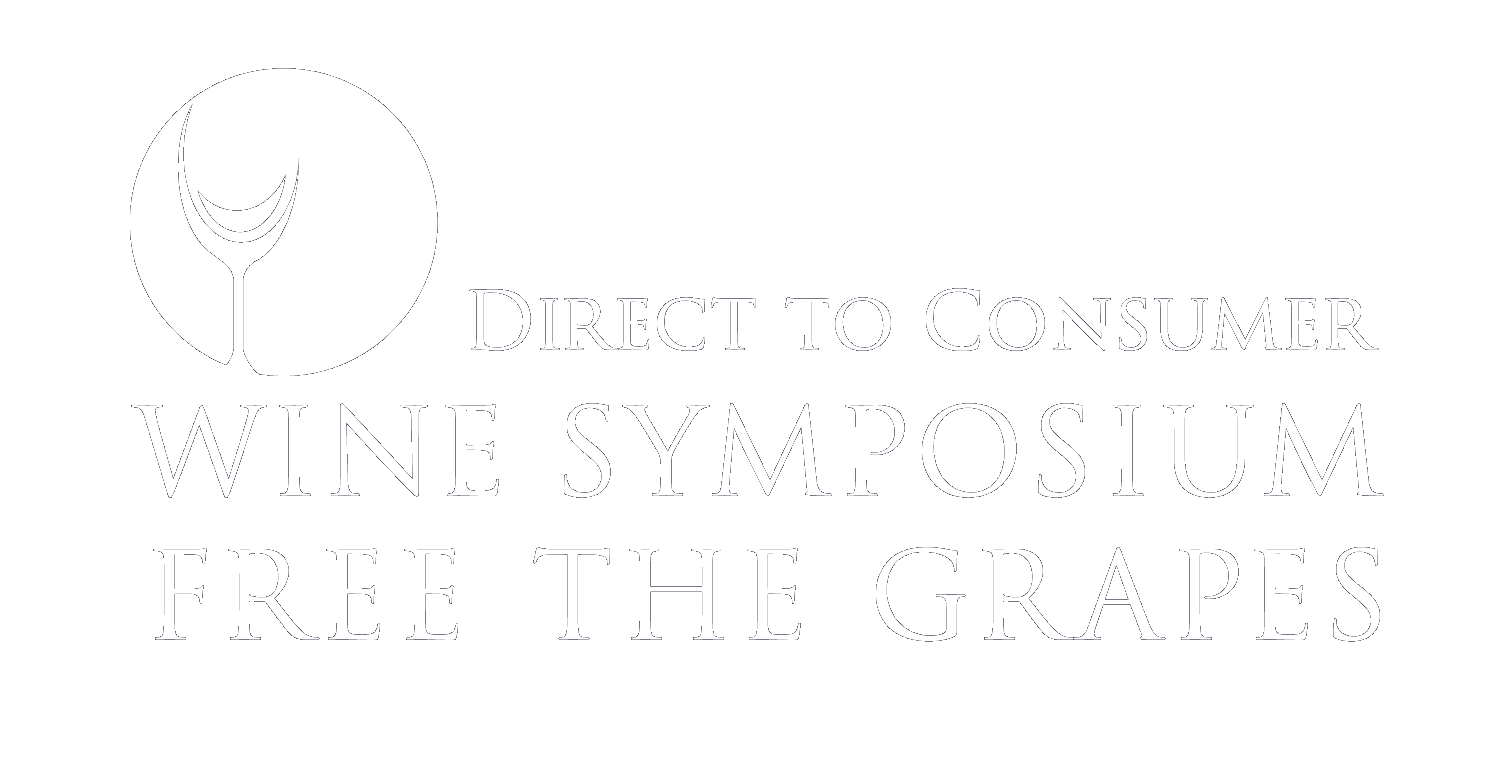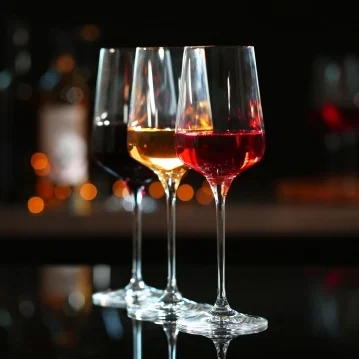Brian Baker CSW | Founder, Cultivar Marketing
When I joined the wine industry in 2004 as the first DTC executive at a large Sonoma County wine company, the landscape was remarkably different. My original title—VP of CRM—reflected an industry that hadn't yet grasped the science and art of direct sales. Our mission was straightforward but challenging-- implement enterprise POS and BI systems while teaching the wineries under the enterprise umbrella DTC best practices borrowed from more mature industries.
The Wild West of Wine Data
The early 2000s wine industry operated in what I can only describe as the data Wild West. Primary data was not collected or emphasized (such as mailing list cards in the TR), event lists were haphazardly integrated and in many cases additional guests not counted; winery databases were not cleansed regularly, personalization of emails was nearly non-existent. Essentially, the importance of good, clean data was not a priority.
One incident crystallized the challenge we faced. After hearing my constant call to the wineries to gather their mailing list and customer names in one place, a winery manager called me, proud to report she'd discovered hundreds of mailing list cards from previous events. When I asked how many, she enthusiastically replied, "About seven inches tall!"
The reality was sobering. Those cards ranged from 15 to 36 months old, collected at events for LDA college students—a demographic that had likely moved at least twice since providing their information. We were sitting on aged, unclean data from a highly transient population.
The Evolution of Data Hygiene
Today's wine industry has matured significantly. Industry standards for data cleanliness now range from six to twelve months maximum age. Opt-in and privacy regulations have eliminated spam practices. Even wineries within large conglomerates maintain separate, proprietary databases.
But recognizing the importance of clean data is just the foundation. The real frontier lies in understanding the true nature of the customers within those databases.
Beyond Demographics: The LLM Revolution
Traditional customer segmentation—demographics, generational sorting, and RFM (Recency, Frequency, Monetary) formulas—no longer suffices. Large Language Models have fundamentally transformed what's possible in customer analytics, enabling the cross-referencing of millions of customer profiles against specific winery lists.
Today, there are several companies at the bleeding edge of this revolution helping wineries discover something counterintuitive: your lowest-scoring customers (by traditional CRM or RFM metrics) may be your next best customers. The hidden gold in winery databases often lies not with the biggest spenders, highest lifetime value customers, or most frequent purchasers, but in segments that have been historically overlooked.
Learning from CPG Leaders
The wine industry can learn valuable lessons from how consumer packaged goods companies leverage data to drive DTC sales growth:
Personalization at Scale
During the FIFA World Cup, Coca-Cola generated over 120,000 unique personalized videos featuring consumers' names and photos integrated into their branding, showing how data analytics can create emotional connections at massive scale. Wineries have had success with this approach as they create a higher degree of personalization with the customer and the brand and they have a built backdrop—vineyard, crush pad, tasting rooms…
First-Party Data Ecosystems: CPG
Kraft Heinz launched "Kraft-O-Matic" in partnership with Google Cloud to improve consumer understanding and personalization. The AI and machine learning platform delivers real-time data insights that inform new food flavors, formulations, and products, demonstrating how integrated data systems drive both innovation and sales.
The company focuses on creating a closed-loop discipline to continually acquire first-party data at scale, then enriching it with third-party data while using machine learning to identify targeting, messaging, placement, and creative combinations that drive personalized marketing. This approach maximizes the value of every customer interaction. This is an excellent example from outside the wine industry of what is just beginning to happen in the Wine Industry.
Converting Browsers to Buyers
Coca-Cola Chile used onsite personalization tools including overlays, social proof features, and dynamic content to address a common challenge: high website traffic but low conversion rates. By implementing targeted engagement strategies, they increased conversion rates by 19% within just one month.
This demonstrates how understanding customer behavior in real-time—where they hesitate, what they view, how they navigate—enables immediate interventions that drive sales.
The Wine Industry Opportunity
These CPG success stories reveal a clear path forward for wineries. The technology exists to:
- Identify hidden high-value segments within existing databases using AI-powered pattern recognition
- Personalize every customer interaction from email to website to tasting room experience
- Predict purchasing behavior before customers themselves know what they want
- Optimize timing and messaging based on individual customer patterns rather than broad demographics
The wineries that will thrive in the next decade aren't necessarily those with the largest databases, but those that best understand the customers within them. Data isn't just a four-letter word—it's the foundation of sustainable DTC growth.
The question is no longer whether to invest in data analytics, but how quickly you can implement the systems that will reveal the gold hiding in plain sight within your customer database.


